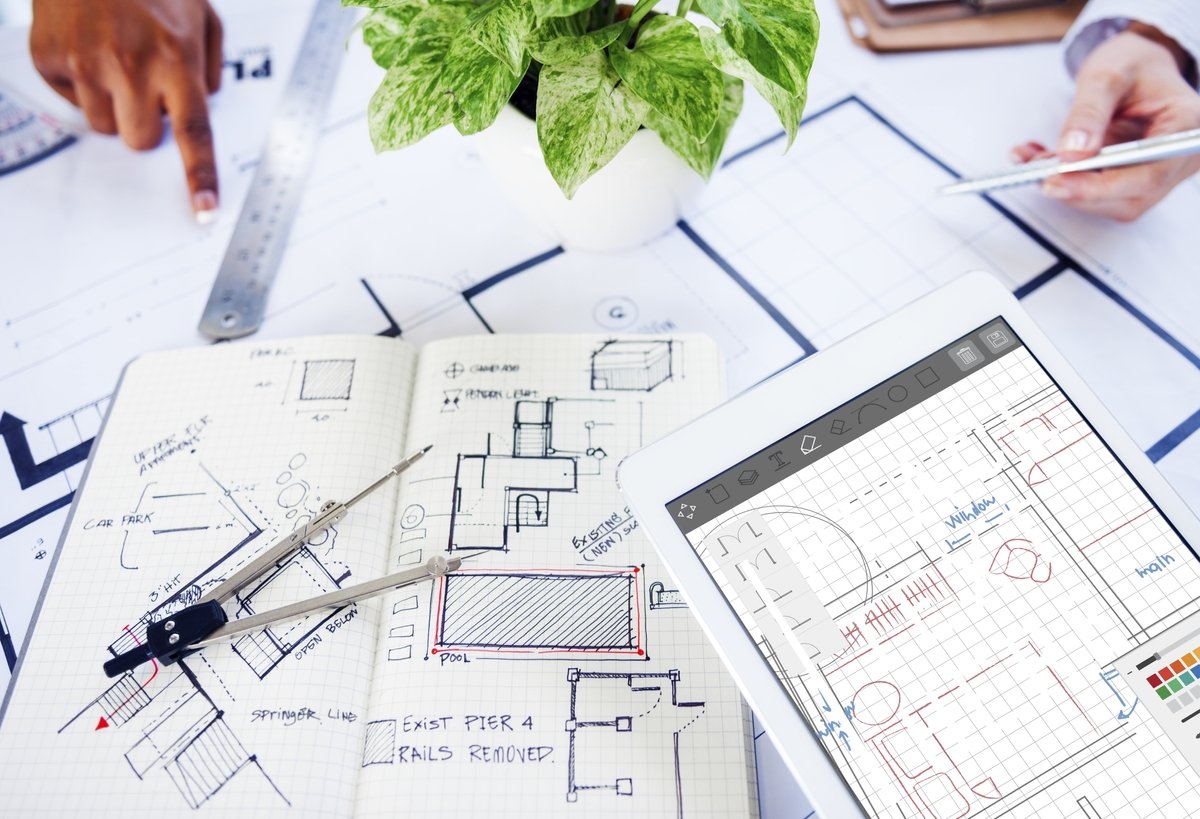8 Lake House Necessities You Never Knew You Needed
RH Business Marketing Solutions
Not only are lake houses excellent investment opportunities, it always feels as though you're on vacation when you spend time on the property. If you love the great outdoors, lake houses offer proximity to the water, where you can enjoy boating, fishing, swimming, and other aquatic activities. By preparing for your trip and purchasing the necessary items early, you can take full advantage of your lake house vacation and enjoy some much-needed rest and relaxation.
1. Life Jackets
Before buying any other items for your lake house, you must purchase well-fitted life jackets for yourself and your family. It's always a good idea to have a few extra life jackets for guests. Make sure to choose a jacket that the U.S. Coast Guard has approved, and always be sure it is appropriate to size. Never buy an oversized life jacket for your child to "grow into," as there will be too much room above the openings to keep your child safely afloat.
2. Bumper Buoys
Bumper buoys help protect your boat from bumping into the dock or other boats while you spend time on the lake. They're also convenient if you enjoy floating on the lake with other boaters. When purchasing bumper buoys, you'll want to buy two per each side of the boat, with one in the front and one in the back. You can even coordinate the bumper colors to match your boat's paint scheme.
3. Towable Tubes
Water tubing is a fun family activity everyone can enjoy while relaxing on the lake. Kids and novices can focus on having fun without worrying about balance or steering. When choosing a towable tube, consider the age and number of riders you'll be towing. In addition, make sure there is a well to sit in and enough handles for riders to hold on tightly.
4. Knee Boards
If your kids are getting bored with tubing yet aren't quite ready for water skis, kneeboards are the perfect transition item. A kneeboard helps them get the hang of holding onto a rope while getting pulled and bolsters their self-confidence while they learn how to balance. Beginners should start with plastic kneeboards, which are softer on the knees than fiberglass and easier to control.
5. Anchor Hooks for Beach Towels
When visitors are at your house, you'll want to ensure you have enough anchor hooks to hang everybody's wet beach towels. Check that they are wide and durable enough to support the weight of oversized towels too. Plenty of retailers sell anchor hooks in many nautical shapes and colors, so you can easily match them to your preference or taste.
6. Waterproof Bluetooth Speakers
Waterproof speakers are a must-have for every lake house. Music sets the mood for a festive atmosphere, but you'll want to ensure your speakers are sturdy enough to withstand the heat, wind, and water. Try to choose a waterproof Bluetooth speaker with a handle and wheels so you can cart it around wherever the party takes you, whether by the dock, on the boat, or back to the lake house.
7. Portable Canopy Tent
While lake houses are the perfect retreat for some much-needed fun in the sun, you'll also want the option to relax in the shade. A portable canopy tent is easy to set up and allows you to stay outside longer without the risk of overheating or getting sunburnt. It's also a great place to stay dry if a stray shower pops up while you're far away from your lake house. A commercial portable canopy tent isn't limited to daytime activities. It can transform into an enchanting evening spot, illuminated with soft lighting, making it an ideal location for stargazing or hosting cozy lakeside gatherings.
8. Fishing Net
If you plan on fishing during your lake house stay, consider purchasing a high-quality fishing net. Fishing nets allow you to get your catch into the boat quickly without expending extra effort reeling it in. While a shorter mesh net is preferable for river fishing, you'll want to buy a longer one if you're fishing from your boat.
Other Fun Things You Should Have at Your Lake House
While you'll spend plenty of time enjoying the great outdoors during your stay, you'll want to have a few other items on hand in case of rain or cooler weather. Bring along a variety of games and activities you can play around the property. Some great ideas for outdoor play include cornhole, croquet, and volleyball. Make sure to include a few puzzles and board games as well. This way, you'll be able to enjoy your vacation regardless of what Mother Nature may throw your way.
Written by Taylor McKnight, Author for Delta Net and Twine















